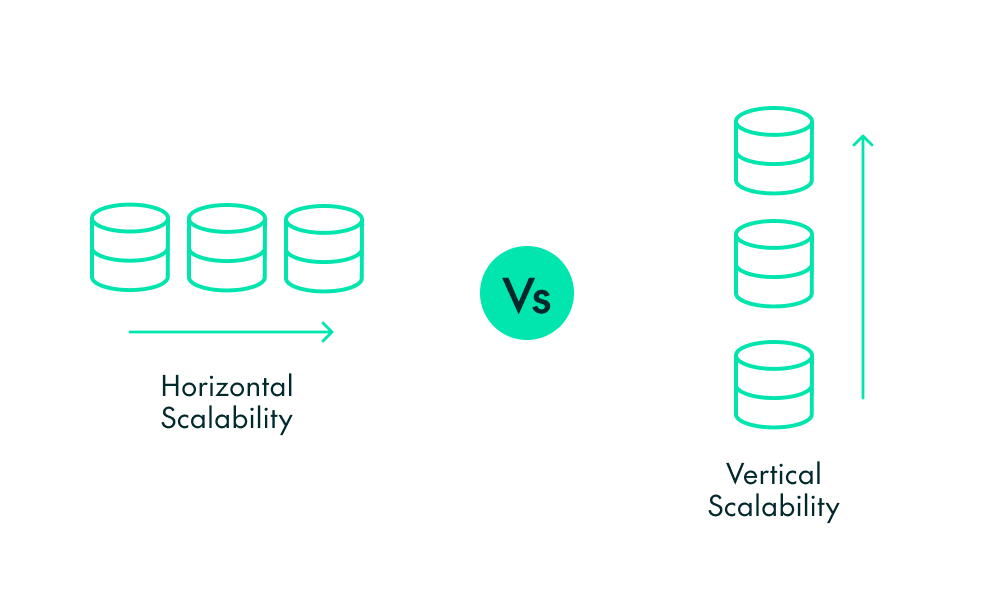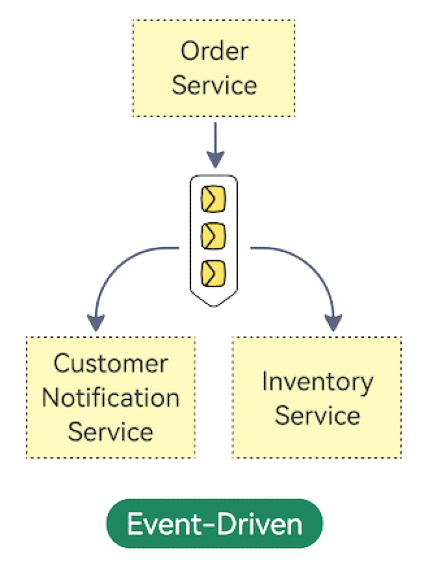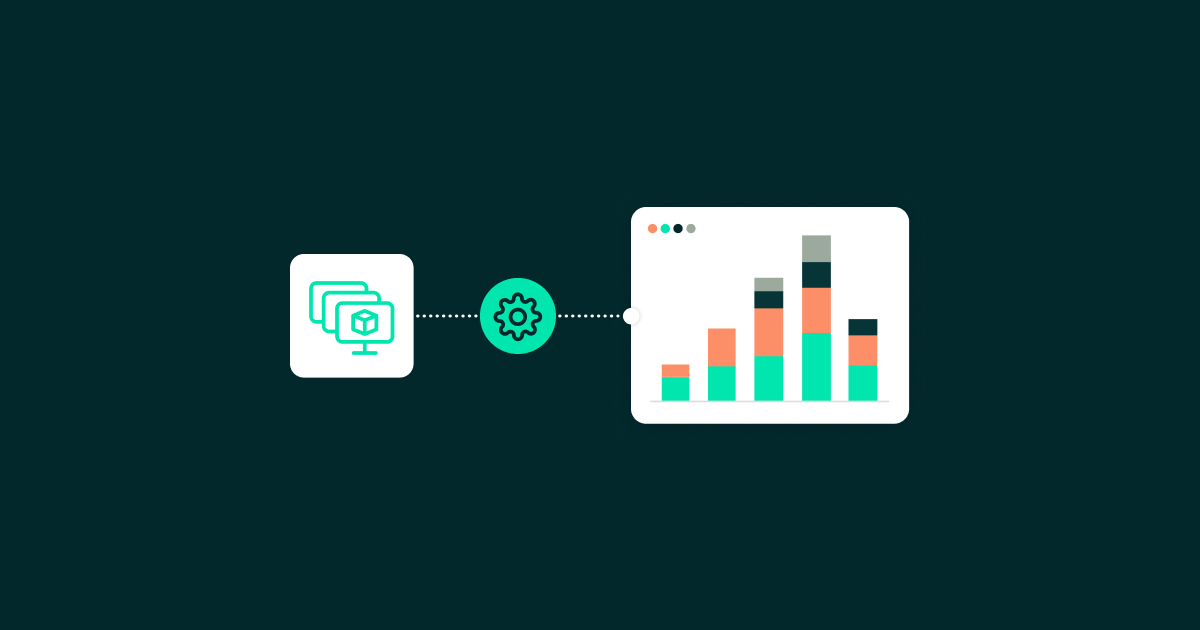
27 Mar 2025 Building Scalable Software
Every organisation needs software that can scale efficiently to accommodate rapid growth in user demands and data complexity. Scalability is no longer a plus, but a fundamental requirement for software systems, and as organisations attempt to manage expanding workloads without compromising performance or reliability, the ability to build scalable software has become crucial to their success.
This article explores the principles, challenges, and strategies for building scalable software effectively.
What is Scalability?
A system is considered scalable if it can handle increased load or demand by using additional resources. For businesses, this means a system that can grow to support more users, process larger volumes of data, and maintain consistent performance under higher stress. Scalability is typically measured using metrics such as system response time, which fluctuates based on demand.
Characteristics of Scalable Systems
- Elastic Resource Management: Resources should be dynamically allocated based on demand.
- Balanced Capacity: Resource allocation should match workloads exactly, without waste.
- Consistent Performance: Systems must maintain optimal response times even during peak traffic.
Core Scalability Models
1. Vertical Scaling
- Definition: Increasing the capacity of a machine by adding more memory, CPUs, or storage.
- Pros: Easy to implement with minimal architectural changes.
- Cons: Limited by hardware constraints, expensive upgrades, and potential single points of failure.
2. Horizontal Scaling
- Definition: Expanding capacity by adding machines or servers to share workloads.
- Pros: Scales efficiently to large levels, offers better fault tolerance and greater reliability.
- Challenges: Requires advanced workload distribution techniques, including database sharding and load balancing.
Challenges in Building Scalable Systems
- Centralised Bottlenecks: Services or databases that can only handle a fixed number of requests limit scalability.
- High-Latency Operations: Slow database queries reduce performance and impact the user experience.
- Complexity in Horizontal Scaling: Distributed systems require careful management of data consistency, network overhead, and workload distribution.
Strategies for Overcoming Scalability Issues
1. Caching: Storing data temporarily in memory using tools like Redis reduces database queries and improves response times.
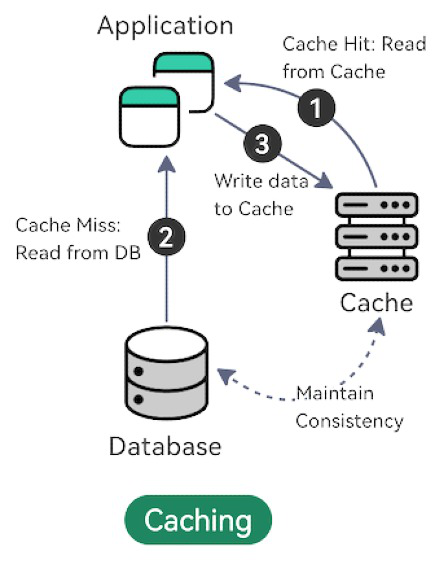
2. Load Balancing: Distributes traffic across servers to avoid overloading.
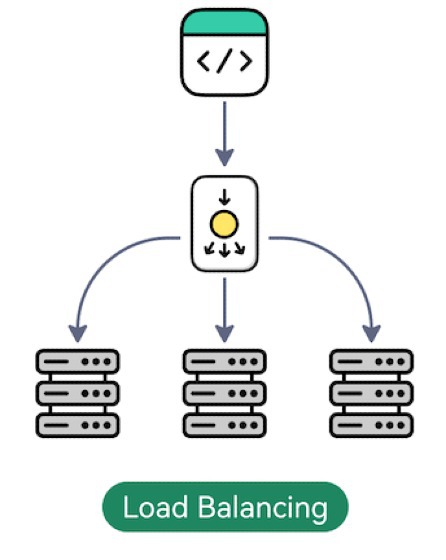
3. Database Sharding: Splits larger databases into smaller fragments to enhance performance.
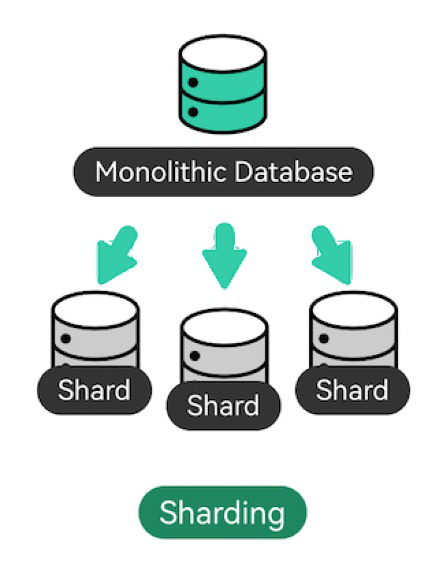
4. Asynchronous Processing: Resource-intensive jobs are run outside the main thread to reduce response times and improve the user experience.
Figure 4 : www.blog.bytebytego.com
Principles for Scalable Software Design
- Decoupling Components: Microservices involve modular architectures where components can scale independently.
- Auto-Scaling: Cloud platforms automatically adjust resources based on demand, allocating more resources during peak times and reducing them when demand decreases.
- Monitoring and Logging: Performance-tracking tools can identify issues and optimise efficiency.
- Designing for Failure: Retry mechanisms, fallback strategies, and resilience processes help to handle failures effectively.
Scaling Across Software Layers
Frontend Scalability
Some of the techniques we can use to better scale our frontend systems are:
- Compress and minimise HTTP requests.
- Use lazy loading for assets.
Backend Scalability
- Employ microservices to manage workloads efficiently.
- Optimise database queries and indexing for faster retrieval.
Infrastructure Scalability
- Use containerisation tools like Docker and Kubernetes for flexible resource management.
- Adopt Infrastructure as Code (IaC) to automate and ensure consistent resource provisioning.
Best Practices to Achieve Scalability
- Shard Data: Dividing large datasets reduces access latency.
- Content Delivery Networks (CDNs): Offloading content to globally distributed servers improves load times.
- CI/CD Pipelines: Automating updates and deployments enables scaling without downtime.
- Retry Mechanisms: Handling temporary failures without disrupting operations.
- Modular Design: Ensuring components can scale individually without affecting the overall system.
- Stateless Architecture: Designing systems to avoid maintaining state information within a server contributes to scalability. Session data is stored externally, often in caches or databases, enabling replication and fault tolerance.
Conclusion
Scalability is more than just a technical requirement: it is a critical business strategy that helps companies to stay ahead in today’s competitive world. Scalable architectures allow businesses to handle growing demands efficiently, whilst maintaining the user experience and allowing future growth without significant expense on system upgrades. By adopting modular design, automated scaling, and robust monitoring, organisations can build resilient systems that are prepared for future demands and evolving market conditions.
If you’re looking to enhance your own system’s scalability, or need expert guidance on implementing best practices, the ClearPeaks team is here to help! Contact us today to see how we can support your business with our high-performance, future-ready implementations.

